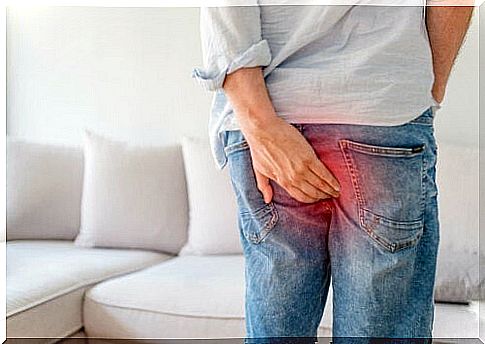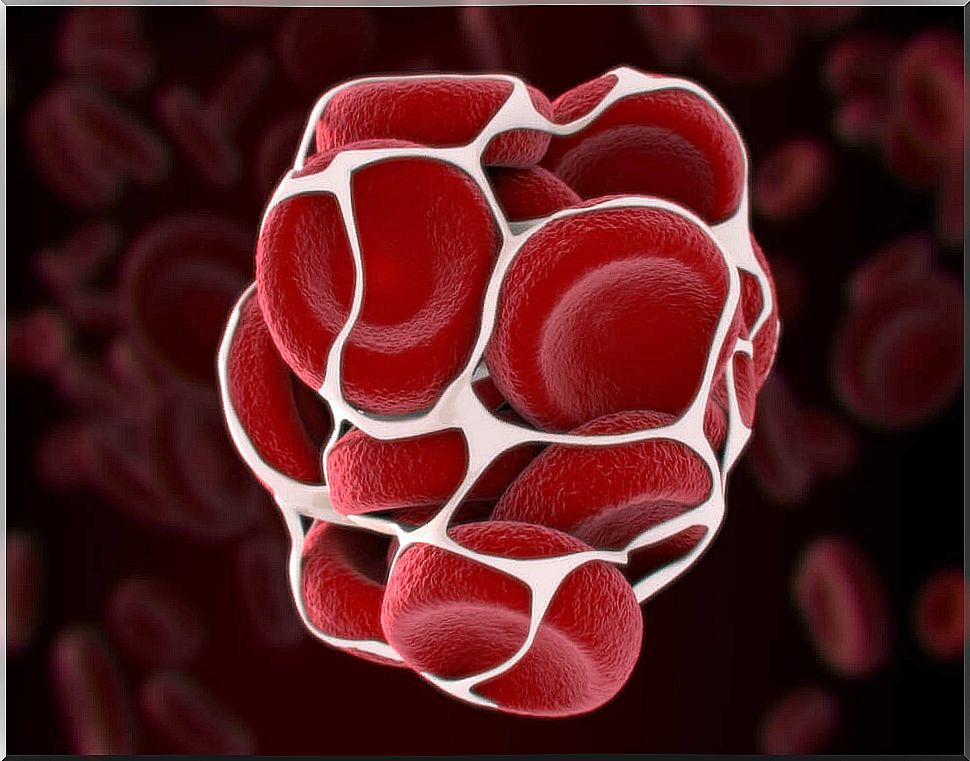What Are Hemorrhoids And How To Identify Them

Hemorrhoids are a common disease, and one of the most common reasons is to see a doctor. 5% of the world’s population has related symptoms, and after the age of 50, they occur in as many as 50% of people. What are hemorrhoids really, and how are they diagnosed? Let’s see!
Hemorrhoids are a very common phenomenon in adults, and at the latest when they affect daily life, the patient must see a doctor. The pain can be so severe and stabbing that the patient cannot even sit. Keep reading to find out more.
What are hemorrhoids?
According to the U.S. National Library of Medicine, hemorrhoids are inflamed or swollen veins at the edges of the anus or lower rectum. Based on location and symptoms, they are distinguished into either internal and external hemorrhoids.
Usually external causes more discomfort, but in both cases bleeding may occur. Hemorrhoids exist in varying degrees, ranging from mild to severe. They can be classified as follows:
- Grade I: Hemorrhoids are internal. The varicose veins under the rectal mucosa dilate but do not protrude.
- Grade II: Inflammation progresses and the veins protrude outside the anus, usually after defecation, leading to visible prolapse. Soon after defecation, however, the prolapse disappears.
- Grade III: The prolapse is continuous, i.e., the hemorrhoids are constantly visible on the outside, but can be pushed back inward.
- Grade IV: Coagulation occurs due to poor venous circulation. In this case, the prolapse can no longer be pushed back inwards.
In the latter case, a blood clot has formed in the area, which prevents proper blood flow in the damaged area. In this situation, it is advisable to seek medical advice.

The most common symptoms of hemorrhoids
In the case of grade IV hemorrhoids, according to Cirugía Colorectal, the patient suffers from severe, persistent, stabbing pain. This discomfort is no longer related to defecation, as in previous stages, and the person suffering from it cannot even sit.
Before reaching this point, it is possible to detect the disease based on other clinical symptoms depending on whether the patient has internal or external hemorrhoids. Some of them are:
- Itching or irritation in the anal area (in case of external hemorrhoids)
- Pain or discomfort
- Swelling around the anus
- Bleeding: Bright red, as if it had just opened a wound.
It is important to see a doctor at the latest when the pain or irritation starts to be chronic and is no longer just related to bowel movements. Bleeding may be due to hemorrhoids or something more serious.
What causes hemorrhoids?
According to the sources mentioned above, hemorrhoids occur when there is too much pressure on the veins around the anus. The Mayo Clinic lists reasons such as forcing stools while on a nap, sitting in a bowl for a long time, obesity, and a diet that contains too little fiber.
Other reasons may include, for example, a sedentary lifestyle or work, pregnancy and childbirth. It is also often the case that hemorrhoids are not caused by any one factor, but are the sum of many factors.
How are hemorrhoids diagnosed?
The UC San Diego Health Library determines that an expert in the field will examine the patient with an instrument for anal and rectal surgery. This device is a short metal tube that is slipped and inserted into the rectum.
It allows the doctor to diagnose what type of hemorrhoids it is. To make the patient feel very uncomfortable, the doctor may apply local anesthesia to the area to be analyzed. In general, however, this is not necessary because research is normally rapid.
Available treatments
Treatment for hemorrhoids can be surgical or non-surgical. We look at all the possible options below.
Non-surgical
As the sources mentioned above show, milder cases can be treated at home. If the clot has formed more than 72 hours ago, the doctor will usually prescribe the following treatment for the patient:
- External creams and / or suppositories for pain relief.
- Sitting bath with lukewarm water for 10-15 minutes 4-5 times a day to avoid acute episodes.
- Oral analgesics for pain relief.
- Dietary changes, especially for obese patients or pregnant women.
Surgical
The first option is, so to speak, to hang hemorrhoids, that is, they are removed with a rubber loop. If this is a viable option for the patient, it is quick and recovery is also fairly easy and quick.
In the more difficult case, surgery may be the only option. In this case, the surgeon removes the hemorrhoids. Surgery may be performed in an outpatient setting or may require hospitalization. This option stops the problem effectively, but it is usually done only in very difficult situations.

Hemorrhoids prevention
In many cases, prevention of hemorrhoids is simply not possible, especially if they occur due to work or pregnancy. In other cases, their prevention is very possible, and the following means should be kept in mind:
- Eat high-fiber food. You should get 30 grams of fiber a day. Talk to your nutritionist or doctor for more information.
- Drink plenty of fluids. This softens the stool and thus reduces the strain during defecation.
- Avoiding a sedentary lifestyle and exercising. A mobile lifestyle not only prevents hemorrhoids, but also prevents many other diseases and ailments.
Pay attention to the blood in the stool
Hemorrhoids are rarely a serious problem, as they can usually be kept under control at least most of the time. If the symptoms persist and the pain begins to be unbearable, then it is time to see a doctor at the latest. If there is blood in your stool or it is very difficult to defecate, talk to your nutritionist. This will help you avoid more severe symptoms.









